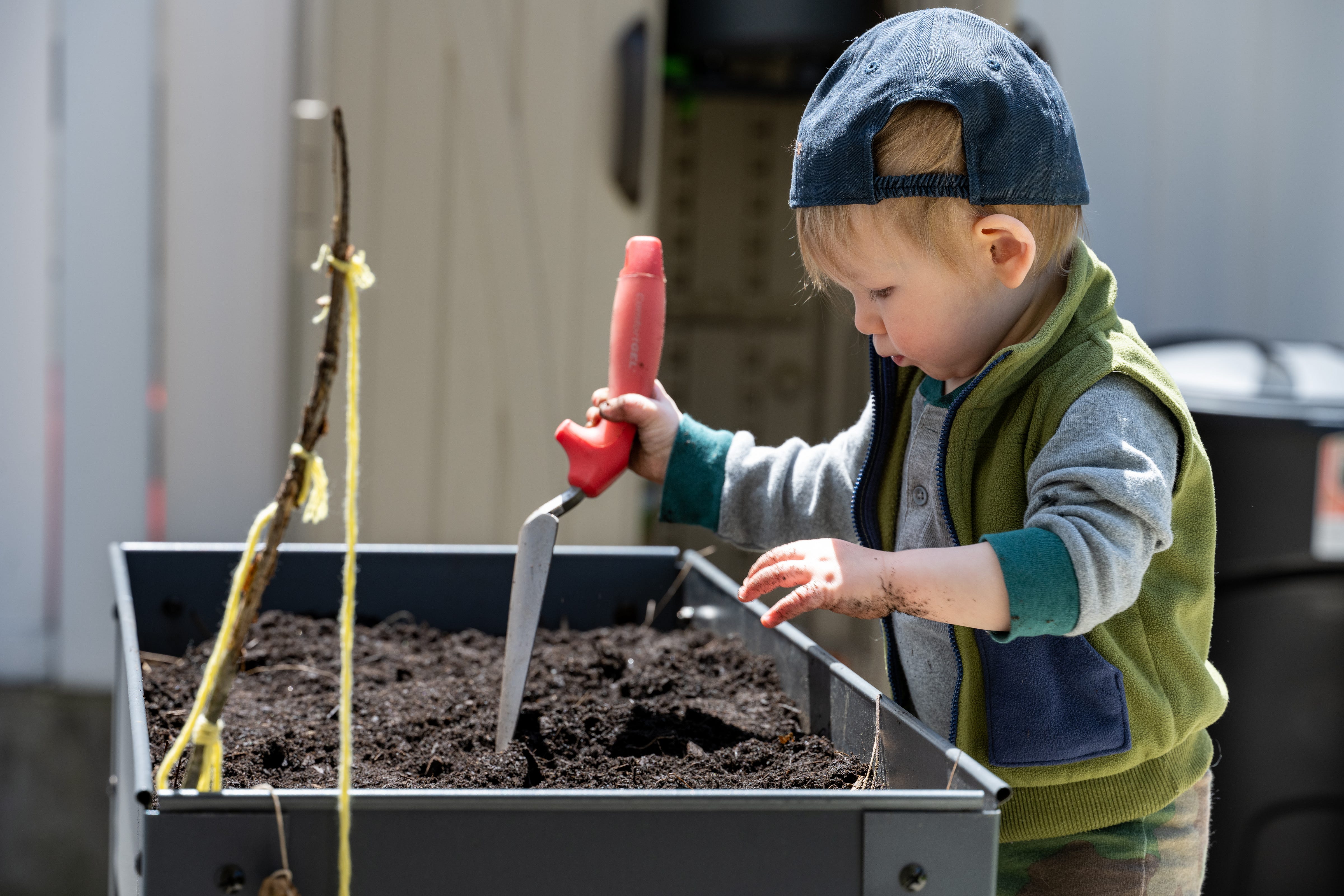
I’m supposed to give a talk next week about kids and social media and the need for more media literacy education, more regulation of platforms, and more substantive discussion about how to keep our kids from media-induced self-harm. The whole event is well-meaning, but is characterized by a sense of worry and protection. And for some reason, after years of making those sorts of arguments in my articles and documentaries, I have a strong impulse to pivot the other way.
I understand that there’s a problem. Suicide is the second leading cause of death among people age 15 to 24, and has increased 30% along with the rise of social media use among this age group. Anecdotally, I can vouch that I have more students arriving to my courses each year with notes from their psychiatrists requesting they be spared from the social stress of class participation. There’s definitely something going on.
Yet there’s also something about these efforts to treat social media as a public health problem that remind me of the way we turned to disinfectants and antibiotics to solve earlier public health challenges. To be sure, the massive influx of immigrants to the tenements of New York City and other urban areas around the turn of the 20th century demanded the invention of “sanitation.” Public baths, street cleaning, disinfectants, and education around hand-washing prevented the spread of diseases from cholera to typhus.
But as we all now know, the obsessive overuse of disinfectants and antibiotics has actually made us weaker. Antibiotics lower our resistance to repeat infections, while giving rise to antibiotic-resistant strains. Isolating young people from soil, bacteria, and other microorganisms may limit their exposure to infection, but also prevents them from developing a healthy immune system. When kids are exposed to microbes, they produce more immune-regulating cytokines, which in turn produce more serotonin. The complex systems on which their bodies depend for physical and emotional regulation do not work well in a microbial vacuum. Similarly, we process wastewater with poisons and dispose of organic refuse rather than re-integrating it as compost. Both practices favor short-term sanitation over long-term collective health.
Just as we are coming to recognize that dirt makes kids healthier and developing immunity is a better strategy than killing every microbe with chemicals, I wonder if we may want to adopt a less protective, insulating approach to digital technology with our children. I know TikTok may still turn out to be a Chinese plot to undermine America, YouTube encourages ideological extremism, and Instagram leads many young people toward body dysmorphia, depression, and self-harm. And yes, the folks making these platforms are using the latest and greatest insights from behavioral psychology to create virtual Skinner Boxes of user manipulation. It’s dark and malevolent.
But certainly by the time our kids are teens, our hand-wringing about these harms and efforts to protect them with oversimplified warnings and forced abstinence may be missing the point. We may not want to shield young people from social media so much as assist them in their efforts to think critically and act purposefully in these spaces. And that means teaching them to think critically in all spaces.
That’s always been the obstacle to teaching what we might call “real” media literacy in the United States. Back when I was advocating media literacy in the 1980s, the objections came through loud and clear: Teaching kids how to deconstruct the messages of TV shows would have given them the ability to deconstruct messages of TV advertisements, as well. That’s why, it seemed to me, the United States was one of the few so-called developed nations that didn’t offer media literacy in grade school.
Raising media resistant kids means teaching them to think critically about every environment they inhabit — not just a social media site, but a mall, a classroom, a living room, a church…. What are the underlying assumptions of this interaction? Who is paying and who is profiting? Who owns this space, and what do they want from me?
If anything, our kids are more aware of the social cues and memetic layering in digital spaces than we are. Most adults, even media educators, are not fully aware of the different signals implied by vaporwave, synthwave, or chillwave memes, much less the difference between TikTok tics and Tourettes — something about which most teen social media users I spoke with were well versed. In short, they already have more domain expertise than most of us do. Like I wrote back in the 90s, they are natives to the digital landscape; we are the immigrants. Most of our well-intentioned but under-informed efforts to educate them about the perils of online activity come off as laughable.
Rather than race to keep up with them or, worse, temporarily insulate them from digital culture, we need to retrieve what we most value about critical thinking, the humanities, and sociology in order to help them build the resistance they need to thrive in these spaces and, hopefully, transform them into something better than we left them with. If they were bringing a value system other than extractive capitalism and hyper individualism with them into the digital realm, that would be a start.